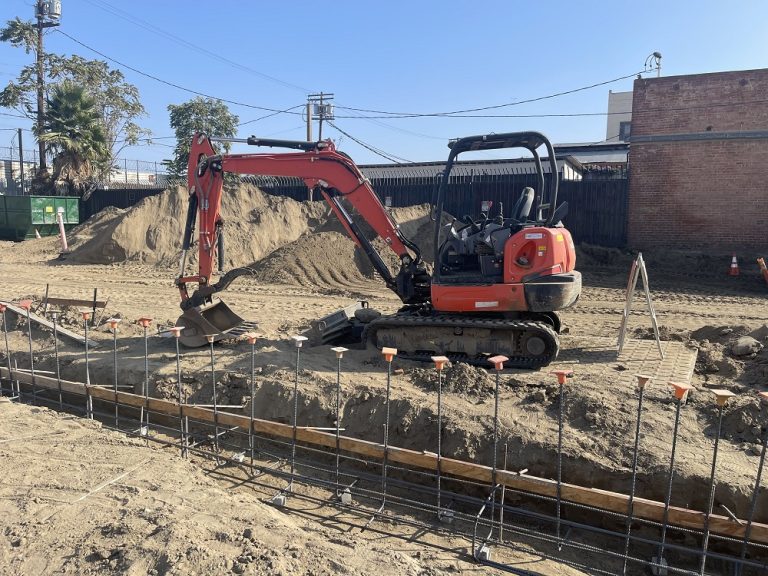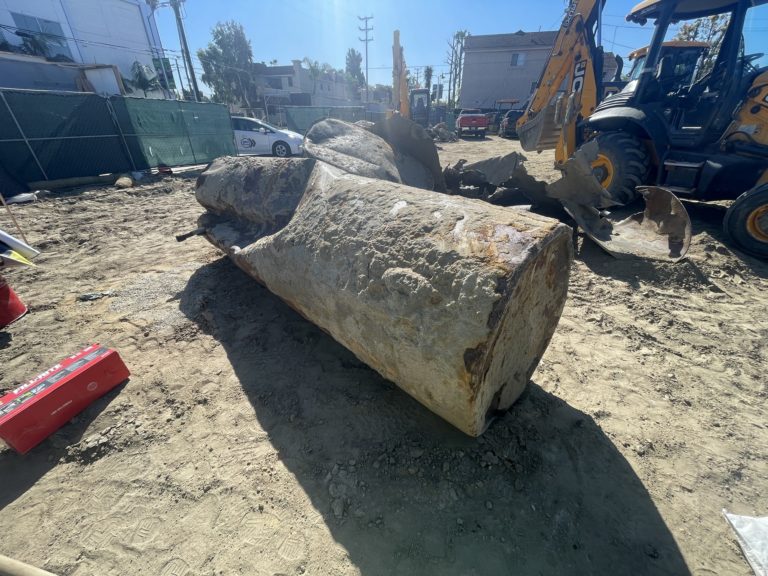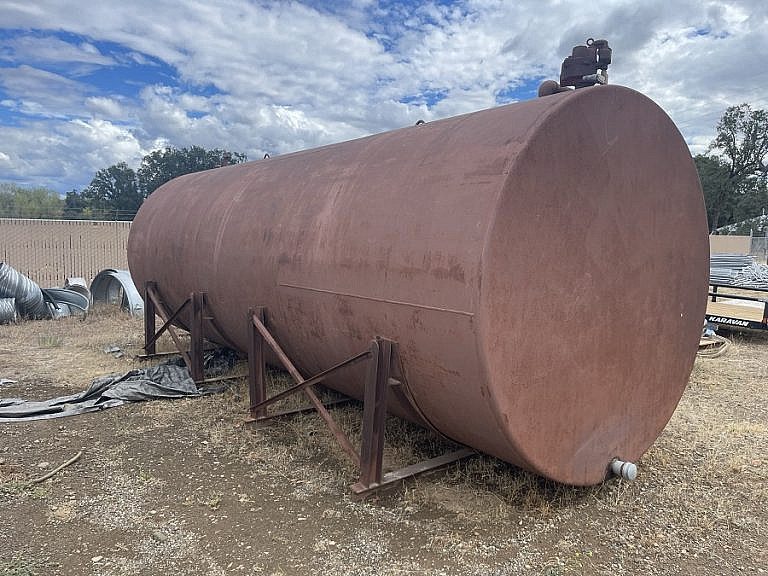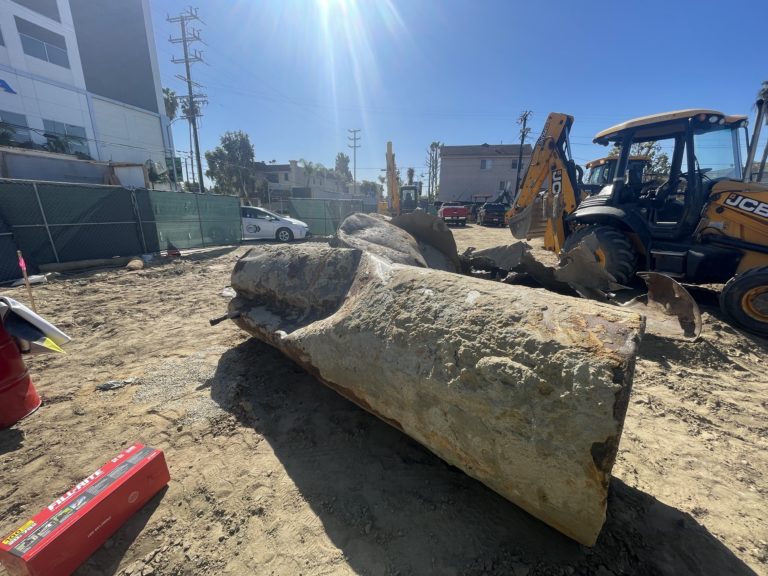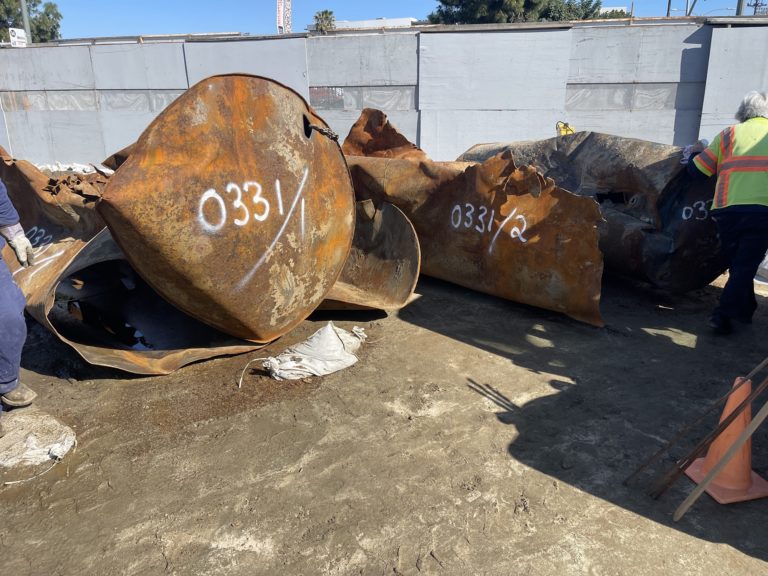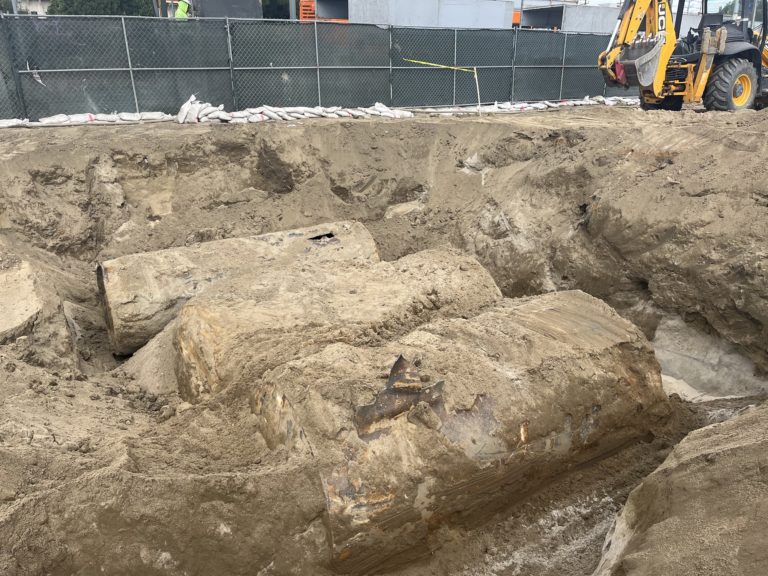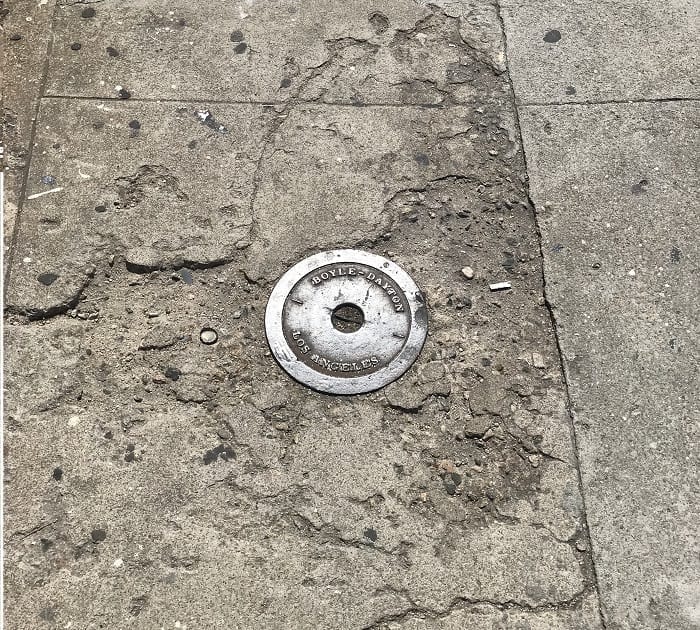Underground Hydraulic Lift Removal Process
Underground Hydraulic Lift Removal The underground hydraulic lift removal process entails excavating lift system hoists and corresponding storage tanks and remediating the contamination to maintain environmental compliance. A hydraulic lift removal contractor starts by obtaining multiple permits and coordinating EPA waste profiles for legal transport and disposal. Afterward, the remediation contractor works with a geologist to ensure…

